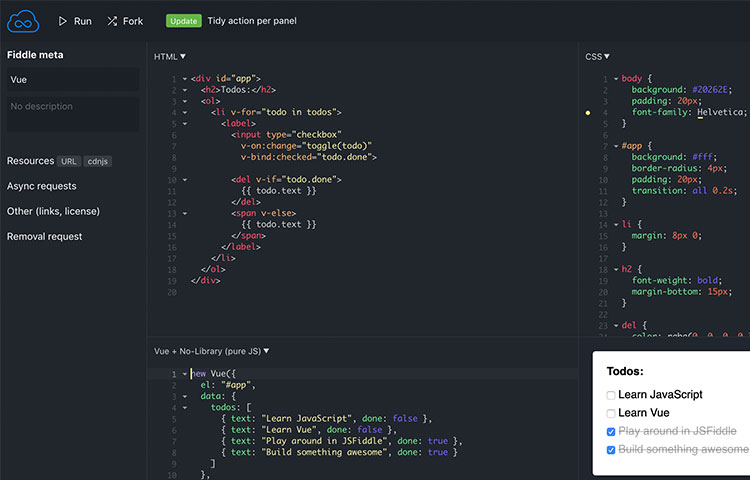
Instant Analytics
.Read Different Brief Analytic Articles about various Subjects.Your Opinions and Comments Will be Appreciated
Instant Analytics
.Read Different Brief Analytic Articles about various Subjects.Your Opinions and Comments Will be AppreciatedWrite a professional and simple audio recording program with Python code that will selectively record and save high quality

You can use sounddevice and scipy library to record sound using Python. You can use the following command to install these two libraries:
!pip install sounddevice scipy
Then, using the following commands, you can write a simple program to record audio:
import sounddevice as sd
from scipy.io.wavfile import write
fs = 44100 # نرخ نمونهبرداری
duration = 10 # مدت زمان ضبط صدا (ثانیه)
# ضبط صدا
recording = sd.rec(int(fs * duration), samplerate=fs, channels=1)
# انتظار برای اتمام ضبط صدا
sd.wait()
# ذخیرهی فایل
write("recorded_audio.wav", fs, recording)
import sounddevice as sd
from scipy.io.wavfile import write, read
fs = 44100 # نرخ نمونهبرداری
duration = 10 # مدت زمان ضبط صدا (ثانیه)
# پخش صدا
print("Press any key to start playing audio...")
input()
audio, _ = read("input_audio.wav")
sd.play(audio, fs)
sd.wait()
# ضبط صدا
recording = sd.rec(int(fs * duration), samplerate=fs, channels=1)
# انتظار برای اتمام ضبط صدا
sd.wait()
# ذخیرهی فایل
write("recorded_audio.wav", fs, recording)
introduce the best free auto coding sites.

There are several websites available that offer free automatic programming or code generation services. Some of them include:
1. Codex - A platform that provides code generators for popular languages such as Python, JavaScript, Java, C++, etc.
Users can create custom templates and share them with others. They also have a marketplace where you can buy and sell
templates.
2. Jexia - Another platform that offers code generators for various use cases like CRUD operations, REST API,
mock servers, database migration scripts, etc. It supports multiple languages including Python, JavaScript, SQL,
Ruby, and more.
3. Flatline - An open source project by Google that allows developers to generate boilerplate code quickly from a set of
annotated examples. Currently supported only for Dart and Go language but might extend support for other languages in future.
4. Autopep8 - A command line tool that automatically formats and reformats your Python code according to PEP 8 style guide.
This helps maintain consistent indentation levels and makes it easier to read and understand the code.
5. Sphinxautogen - A Python script that generates configuration files for documentation projects using the Sphinx framework.
It parses your existing documentation and creates configurations for different output formats like HTML, LaTeX, and PDF.
These tools can help speed up development time by automating repetitive tasks and ensuring consistency across your codebase.
However, keep in mind that they should be used judiciously and not become a crutch for learning fundamentals
or writing quality code.
know more about poisons

how to identify poisons in foods just by smelling?
It is not possible for a person with no previous exposure to the poisonous substance to accurately determine if there are any poisons present in food solely based on smell. The sense of smell can sometimes alert you to potential dangers, such as spoiled or rotten food, but it cannot reliably detect specific poisons without prior knowledge and training.
If someone were to ingest a poisoned food item that they identified through smell alone, they would still be at risk of serious harm or even death due to the presence of the poison. Therefore, it is essential to have proper education, training, and experience to identify potentially dangerous substances in food before consuming them.
what is the base of the most poisons?
There isn't one single chemical element or compound that serves as the "base" for all poisons. Poisons can come from many sources and take various forms, including organic (natural) and synthetic (man-made). Some common sources include metals, minerals, algae, fungi, bacteria, plants, and animals. Their mode of action differs; some poisons may work by interfering with enzymes, disrupting cellular function or damaging DNA. Because of their unique properties and structures, different poisons require unique antidotes and treatments when needed to prevent further damage.
what is the chemical of cyanide?
Cyanide has the chemical formula CN−. It is a highly toxic compound that can interfere with cellular respiration, resulting in death within minutes if ingested or inhaled.
Cyanide forms salts known as cyanides and these occur naturally such as copper(II) cyanide ( CuCN ), potassium ferricyanide ( K3Fe(CN)6 ) which are used for electroplating and dyeing textiles respectively. Other cyanohydrins include methylamine hydrochloride and formic acid.[1] A cyano group (-CN) forms when one atom of carbon reacts with oxygen or nitrogen but other organic groups also feature this functional group which include aldehydes, ketones, amines and carboxylic acids. The term "cyanohydrin" usually refers to an organic molecule containing the -O-CN functional group.
It is found in trace amounts in nature in certain plants like apple seeds, apricot kernel or bitter almond. In low concentrations it's even released by some microorganisms. However, there have been cases where human activities caused large scale releases of cyanides into environment causing mass poisonings of animals and humans. [2][3] [4]
[1]: https://en.wikipedia.org/wiki/Organocyanide
[2]: https://www.ncbi.nlm.nih.gov/pmc/articles/PMC5907841/
[3]: https://en.wikipedia.org/wiki/Hydrogen_cyanide#Use_in_chemical_warfare
[4]: https://pubchem.ncbi.nlm.nih.gov/compound/potassium-ferricyanide